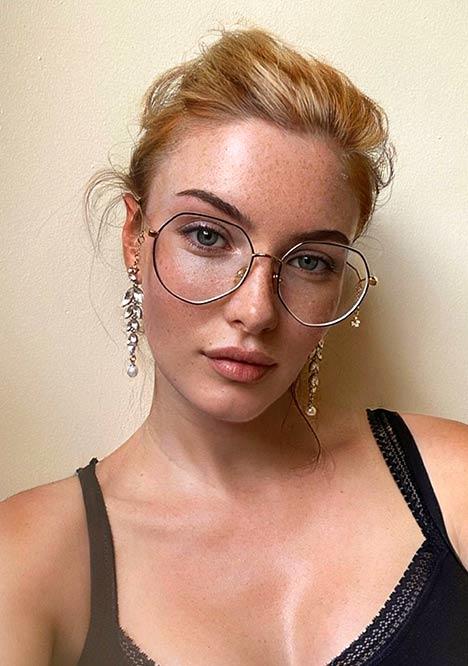What causes double vision and how to cure it?
Double vision is a fairly common eye problem that causes a person to see two images of objects. It is often temporary but serious enough to cause approximately 800,000 people to seek medical treatment for it each year. About 50,000 patients annually head to the emergency room for it because the symptoms are so severe.

What is Double Vision?
As we said, double vision is when a person looks at an object but sees two images of it. It can affect children and adults and it can occur in one or both eyes. People with double vision usually see more clearly when squinting their eyes or covering one eye with their hand. Looking at things sideways or tilting their head also helps at times.
There are many possible causes of double vision and there are just as many possible solutions. In any case, an understanding of the condition is key to overcoming it. The good thing is that most cases will pass over time and with proper treatment.
What Does Double Vision Look Like?
For someone with normal eyesight, it can be hard to visualize what a person with diplopia sees. There are actually many different possible scenarios. Although it is called double vision, it doesn't necessarily mean one sees two images of an object side by side. More often, there are two overlapping images, like there's a second, fainter image behind the first one. In some cases, one image is more dominant than the other, with the second image looking more like a shadow of the first one. In some cases, both images have a similar degree of clarity or blurriness.
What Causes Double Vision?
There are several possible causes of double vision, and identifying them is the first step to getting the proper treatment. The causes for one-eye double vision (monocular) and two-eye double vision (binocular) are different as well.
Binocular double vision is commonly caused by squint problems, especially in children. This is where the eye muscles or nerves have issues, causing the eyes to look in two different directions, hence producing two different images. However, it is also possible that binocular diplopia is one of the effects of a systemic disorder like hyperthyroidism. It can also stem from serious health problems such as an aneurysm, stroke, or head trauma that occurs near the eye socket.
Monocular double vision, on the other hand, is not as common. These cases are caused by problems in the cornea or the lens, such as astigmatism and dry eyes. Refractive errors in the eyes or abnormalities in eye shape can also cause monocular diplopia. The condition can also be caused by infections like shingles. In the elderly, the onset of cataracts usually brings with it a case of double vision.
How to Cure Double Vision Naturally?
Some cases of double vision might be too advanced for natural treatment and might require more intensive methods like surgery. But for the milder or earlier cases, there are a lot of natural treatments that can work to cure the condition.
Eye exercises have proven to be very useful for reversing double vision in many cases, particularly those that are caused by eye muscle issues. Some of the most commonly prescribed exercises are Hart charts, Brock strings, and pencil push-ups. Doing these regularly can help improve muscle strength in the eyes and also boost eye coordination.
Another very effective natural way to cure double vision is by making positive changes to the diet. Make sure you get adequate magnesium intake as this mineral is excellent for regulating muscles and nerves in the eye. Similarly, you would want to increase your intake of essential fatty acids, such as the Omega 3 acids found in fish oil.
Proponents of alternative medicine also swear by acupuncture as a highly effective way to treat vision problems, including double vision. This is a completely natural ancient Chinese practice of sticking needles into certain parts of the body in order to promote better health.
Can Wearing Glasses Cure Double Vision?
Diplopia can be very disruptive to daily life, especially in the more advanced cases. Eyeglasses are great for improving functionality by aligning the two images, allowing the person to see a single image, but they are not an absolute cure. The condition will still be there when you take the glasses off, but there is no doubt that wearing glasses is helpful since it gives much relief.
Related articles:
Myopia vs. hyperopia: differences and right glasses
What is CYL, AXIS and SPH in eye prescription?
Ultimate guide: how to read eye prescription
What are 20/10, 20/20, and 20/40 vision?
Explained: Why do new glasses make you dizzy?
Blurred vision: what it is and how it happens
Astigmatism vs. normal: all you need to know
All about eye yoga: does it really work?
Eye care: 6 useful tips to relieve dry eye
All about presbyopia: Symptoms, treatment & right glasses




















